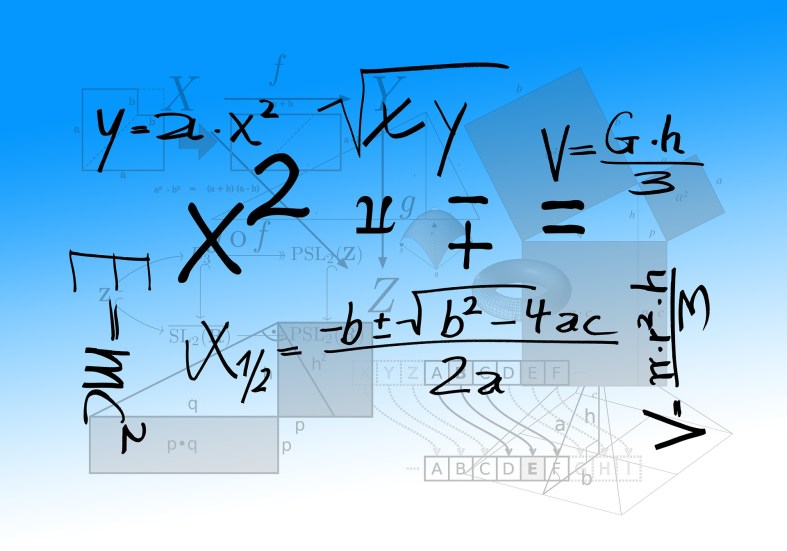
The NFL waiver system can be a bit confusing to the untrained eye. Some wonder why veteran players who are released find themselves subjected to the waiver wire later in the season rather than hitting free agency.
Others have an issue attempting to figure out what type of players are subjected to the waiver wire throughout the offseason and the regular season.
Now that we’ve seen big-name players such as Terrell Suggs and Janoris Jenkins hit the waiver wire in recent weeks, it’s a perfect time to explain what the waiver system is.
NFL waiver system order
This one is rather simple. The waiver order is much like the NFL Draft in that it’s based on overall record. Teams with the worst records sit at the top of the waiver order.
If a player were waived ahead of Tuesday in a given week, the league uses records to seed teams from 1-32. In case of a tie, strength of schedule determines who has the earlier pick.
The timing for deciding order is explained here, via the NFL’s official website.
“From the first business day after the Super Bowl until the day after the third regular season week, assignments are based on a claiming order that is the same as the order in which clubs selected in that year’s Draft.“
NFL waiver wire period
The waiver period if 24 hours. Teams generally have this time to put a waiver claim in. That’s unless a player is waived on a Friday. It would be 24 business hours from the time a player is released to the time that he passes through waivers and ultimately hits free agency.
How it works
The NFL waiver system is all about blind bidding. Let’s say the Patriots are 32nd in waiver order. They do not know if another team has put in a claim. This makes it much better for the NFL, especially late in the season. The league does not want teams to simply pick players up off waivers to block them from going to another squad. The blind bidding works swimmingly in that it avoids this.
The players
Typically, players with less than four years of experience are subjected to the NFL waiver wire. They will only hit free agency if no one claims them off waivers. This is the case throughout the offseason and the regular season.
It is a bit more convoluted when it comes to vested veterans (four-plus years). These players are not subjected to waivers in the offseason and through the NFL trade deadline (typically late October). After that, they have to go through the waiver process.
This enables teams with lesser records to pick up a player rather than seeing him go to another contender lower on the pecking order. That happened with both Suggs (Chiefs) and Jenkins (Saints) in 2019.